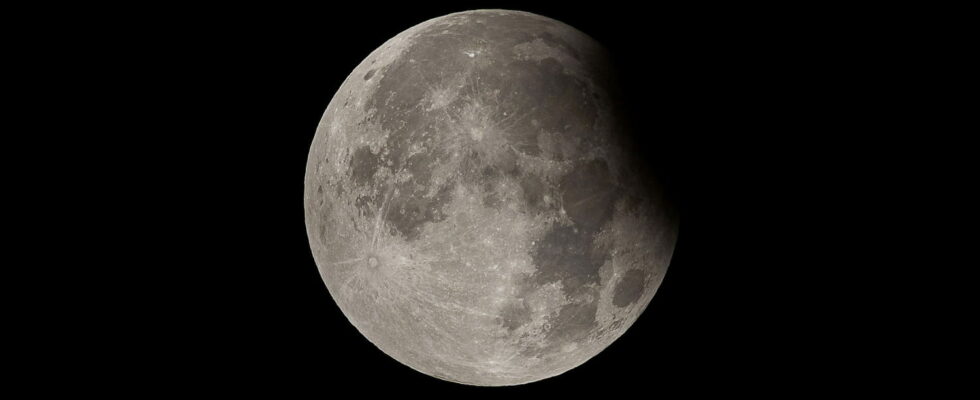From September 29, a mini-moon will orbit Earth, NASA announced.
The Moon is Earth’s only permanent natural satellite, which is also observable every day at nightfall. However, the latter could soon have some competition or company. Starting September 29, a second moon will appear, close to Earth, as discovered by NASA’s Asteroid Terrestrial-Impact Last Alert System.
According to thestudy by two Spanish researchers published in the journal AAS Research Notesit is an asteroid called 2024 PT5. It is much smaller than the Moon, measuring only 10 meters in diameter. Research has shown that it will come close to Earth, but not on a collision course. Despite its small size, the asteroid could have caused some damage on a local scale, if it had crashed into our planet. It will simply re-enter orbit around Earth. It is believed to have come from the Arjuna asteroid belt, which contains a group of asteroids whose orbits around the Sun are very similar to that of Earth.

This mini-moon will not stay there forever, since it will simply meet the Earth on its trajectory and stay near it for a while, before continuing on its way. It will be a temporary natural satellite of the blue planet. According to estimates, it should stay for just two months, until Monday, November 25. After a complete rotation in 56 days, it will then no longer be under the effect of Earth’s gravity.
According to the models, the asteroid will pass very briefly near Earth on January 9, 2025, before lingering there again in 2055. This phenomenon is not the first: a mini-moon was already observed in July 2006. It orbited our planet for a year, then another mini-moon orbited Earth from January 2019 to May 2020. Other celestial objects are attracted by our planet’s gravity, but the majority leave very quickly.
Unfortunately, it will be difficult to observe the mini-moon that is coming, it will be almost invisible. Looking up at the sky, it will be impossible to identify it and even with a telescope, it will be complicated. Celestial objects are visible from a magnitude of less than 6, but that of this mini-satellite is 22.
